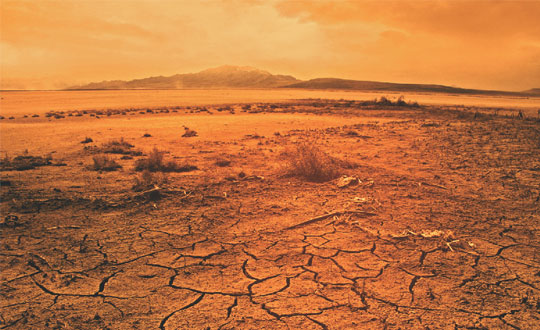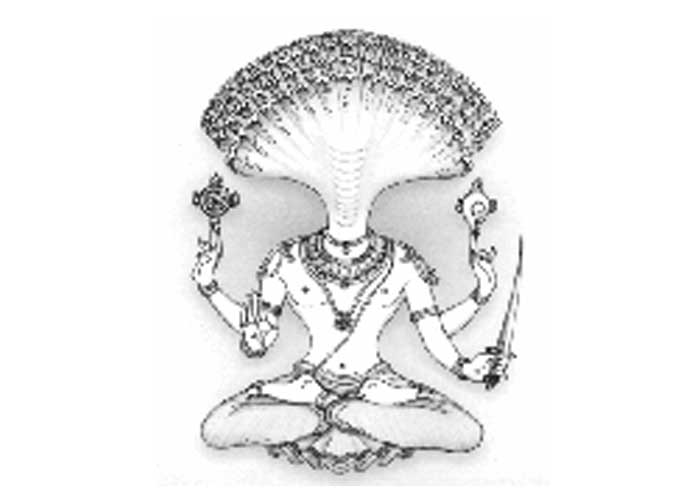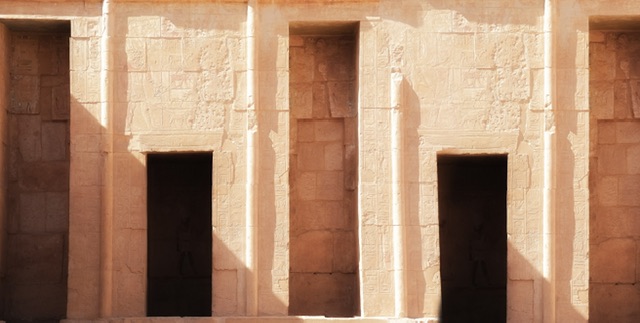The Third World War, they say, will be fought over water. About 2 months back, the Maldivian capital came to a standstill due to an acute water crisis after a fire in the city’s water treatment plant. India, within 2 days sent an IAF transport aircraft and naval vessels carrying a large consignment of water to meet the immediate requirement of over 100,000 people.
Water is ‘the’ lifeline of any sort of existence on earth and was not neglected by our ancients. What’s even more awe inspiring is that when there was no technology and much lesser means to transport and distribute clean water, water was available in abundance, was clean and was not being consumed at the cost of nature.
The practice of harvesting rainwater dates back to vedic times when the need to create water sources that would remain both clean and provide plentiful was recognized. Traditionally, we built highly sophisticated systems, which varied to suit different ecosystems, for harvesting every drop of water.
Rivers were the obvious location of civilizations, and different civilizations utilized them in different ways. Early people cut channels, diverted rivers, and farmed their regions. Wells had been dug in the cities of the Indus – Sarasvati Valley by the third millennium BC, while the ‘Great Bath’ was probably a water storage tank. The Indus Valley cities had excellent systems of water harvesting and drainage. Dholavira, laid out on a slope between two storm water channels, is an example of sophisticated engineering.
At Sringaverapura near Allahabad in Uttar Pradesh, India, there exists an extraordinary example of hydraulic engineering. Dating back to the end of first century BC, the Sringaverapura tank is a remarkable system to take the floodwater of Ganga into a set of desilting chambers, including water weirs, to clean the water for drinking. It comprises three percolation-cum-storage tanks, fed by an 11 m wide and 5 m deep canal that used to skim the floodwaters off the monsoon-swollen Ganga.
Water from the canal first entered a silting chamber where the dirt settled. This relatively clean water was then directed to the first brick-lined tank (Tank A), then on to Tank B through a stepped inlet (which cleaned the water further). This tank constituted the primary source of water supply. Next, the water passed to a circular Tank C, which had an elaborate staircase. An elaborate waste weir, consisting of seven spill channels, a crest, and a final exit, ensured that the excess water flowed back into the Ganga. It might be a matter of belief that Lord Ram drank water from this tank. But it is a fact that the technological system is so evolved that it would put to shame all public works engineers of today’s India.
Throughout India, several ingenious ways have been devised to catch and store rainwater for future use. They are known as traditional water harvesting systems. It is the traditional water harvesting systems that have made life possible even in the Thar Desert.
The technology and engineering of the traditional water harvesting systems differed, depending on whether they were to provide drinking water or to be used for irrigation. Those meant for drinking water were generally smaller, sometimes covered and with steps leading down to the water. This ensured that people could only collect water manually in small quantities to meet their individual or family’s needs. Irrigation systems on the other hand spread over large open areas had a complicated network of pipes and channels for collecting and distributing water.
The Technology of Water Harvesting
Rainwater, runoff and the floodwaters from rivers were all harvested. Water harvesting systems were located in the open to capture rainwater where it fell in the path of a stream or its runoff beside rivers to catch the flood waters. The design and structure of each system was decided by the terrain and rainfall pattern of the region. Hence each eco-zone of India had unique techniques for harvesting water.
In the hills and mountainous regions where there are plenty of streams, simple engineering structures were used to divert the water into channels that fed the fields. The structures became more sophisticated and much bigger when the streams turned to rivers.
In the arid and semi-arid regions, where the streams are more seasonal, the diversion channels first led the water to a storage structure like a tank for later use. Storage systems to collect just runoff from the watershed were also built.
In the flood plains, several unique systems to control and harness the floodwaters were devised.
In the coastal areas where there is danger of river water turning saline, several ingenious ways came up to regulate the flow of saline water.
In regions with good groundwater aquifers, dugwells with innovative methods to lift the water were in use. Deep wells were dug in the beds of tanks and rivers, both to serve as a source of good water when the water recedes and also to recharge the groundwater when they are fully submerged.
In areas where rainfall is the only option, people devised methods to literally “catch rainwater where it fell.”
Advantages of Rainwater Harvesting
- The standing water percolates into the ground and recharges the water table
- Wells in the surrounding areas have plenty of good water
- Green cover increases in the surrounding areas
- Soil erosion is reduced
- Silting of rivers is reduced
- Floods and runoff get controlled
Till the time the British came to India, the water traditions were in vogue. British gazettes speak of these systems, at times with awe, calling us a hydraulic society. Sir William Willcocks, a British irrigation engineer, who was called in 1920 to advise the administration on how to handle famines, said the best answer was to go back to the ingenious system of flood management of Bengal. This was never done, of course.
Ancient Indians also understood the art of water governance. Kautilya’s Arthashastra, written around 300 BC, has details of how tanks and canals are to be built and managed. The key was to clarify the enabling role of the State – the King – and the management role of local communities. The kings did not have armies of Public Works engineers; they provided fiscal incentives to communities and individuals who built water systems. The imperialists changed all this, by vesting the resource with the State and creating large bureaucracies for management. They also changed the tax system; collection of revenue became paramount, even during droughts. There was little then to invest in community assets. The decline came quickly and was cemented by policies of independent India.
Changing Face of Water Tables
Water scarcity became a phenomenon of the 20th century. In the colonial period, community effort ceased. Thousands of traditional water harvesting systems fell into decline for want of proper maintenance and use. With the Government stepping in to provide water, the people’s effort ceased. Harnessing and supplying water became the responsibility of the government. The rulers of the princely states and the zamindars were the most successful in developing minor irrigation systems through water harvesting. Tanks in particular were built almost solely during their time. They provided the resources, but it was the combined people’s effort that went into building, maintaining and managing the distribution of water. The construction of big dams struck a death knell for the traditional harvesting systems.
As a result, tanks silted up, their embankments were breached and their beds were used for cultivation, wells fell into disuse and collected rubble and garbage, deforestation led to floods and soil erosion, which destroyed water harvesting structures, knowledge of traditional water harvesting systems was not put into practice or passed on to future generations. With time, the rivers flowing through the urban areas have dwindled into streams of garbage, and become dirty stinking cesspools where mosquitoes and bacteria breed. Today, all the water required for urban areas is piped in or transported from other areas.
To keep pace with the population growth, urbanization and the green revolution, big dams were seen as the ultimate solution to the water woes of a country faced by perennial drought, flood or both. Agriculture came to depend almost solely on canal water provided by reservoirs.
But today, even with the large water projects, the problem of water famine continues. For several decades different parts of India have been in the grip of drought. Even as the serious problems accompanying changes in the natural course of a river are being realized, the big dams continue to be built: Tehri, Narmada and Alamatti are but a few.
Slowly, there is a growing awareness that the traditional water harvesting systems will be a better and cheaper alternative to big or small dams. Groups of villages have revived small water harvesting systems and are enjoying the benefits.





